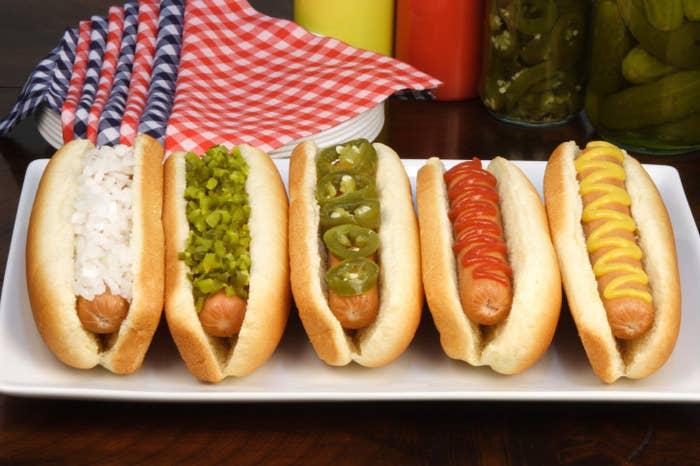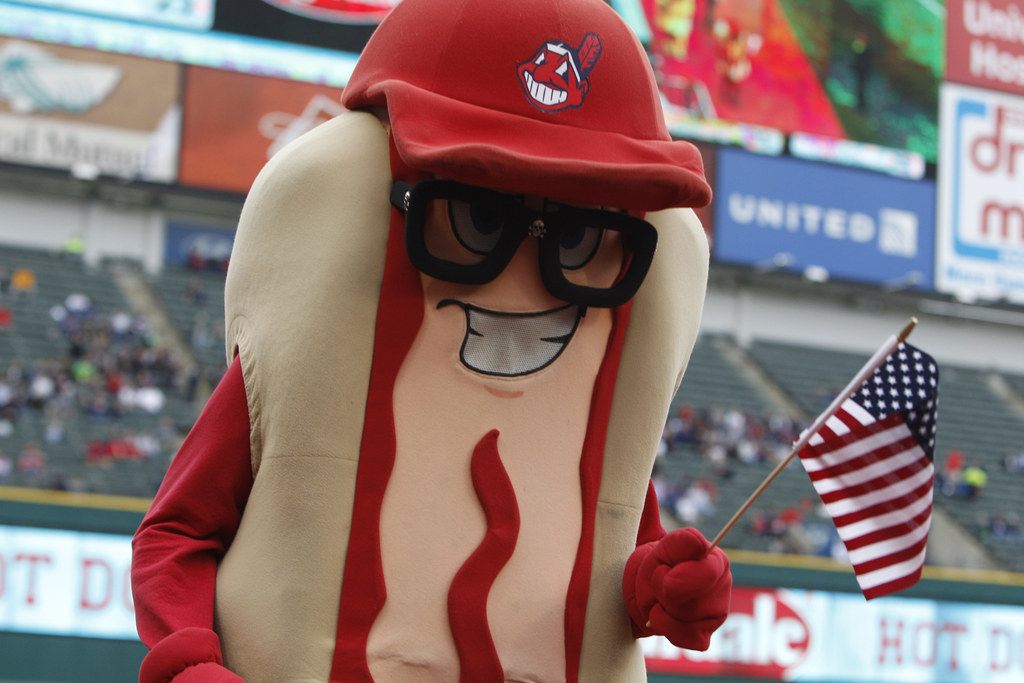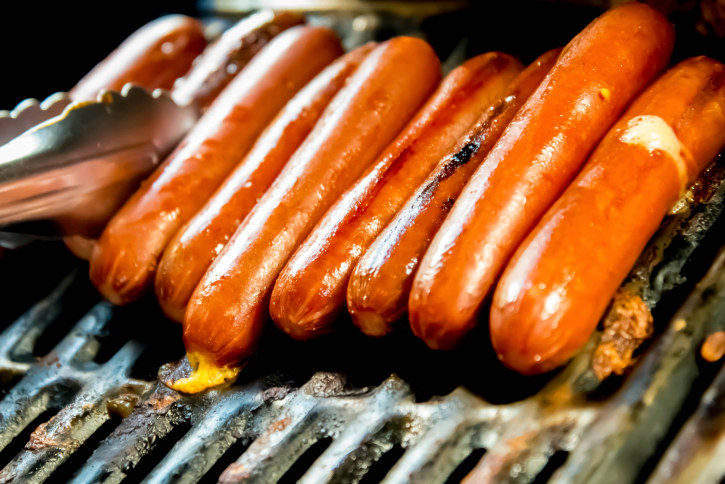
From June to September, when days are long and the dewy summer air is warm and full of promise, America enters a glorious time called peak hot dog season. Yet our love of hot dogs has been cooling recently, according to sales data from Nielsen.
If the trend can be reversed, it likely would happen around this time of year. In July, the country consumes one-tenth of the hot dogs eaten all year, which is why the month has been dubbed National Hot Dog Month. In honor of this dubious culinary holiday, here's everything you need to know about the hot dog business.
U.S. hot dog sales have struggled.

Sales in dollar terms have increased about 2% over the last year, but that was due to higher prices and a shift to more costly premium hot dogs, according to Jonna Parker, director of account services at Nielsen.
In absolute numbers of wieners sold, it's a grimmer picture. "Retailers are selling less unit volume of hot dogs and have been since 2011," she said.
Still, it's a huge industry. More than $2.6 billion worth of hot dogs were sold in the year ending March 2015, according to Nielsen.
That's not even counting restaurant sales. According to the National Hot Dog and Sausage Council, which totally exists, sales are growing due to "the popularity of high protein foods and interest in natural and organic products." And has there ever been anything purer than hot dogs?
About 7 billion hot dogs are eaten between Memorial Day and Labor Day. That's roughly 38% of annual consumption in terms of dollar sales.
On Independence Day alone, Americans eat about 150 million hot dogs.
In a Hot Dog Council survey, older consumers preferred all beef hot dogs, while younger consumers preferred meats like pork and chicken.
And even after the fireworks end, baseball remains crucial to the hot dog industry.

It's warm outside. Happy grilling.

